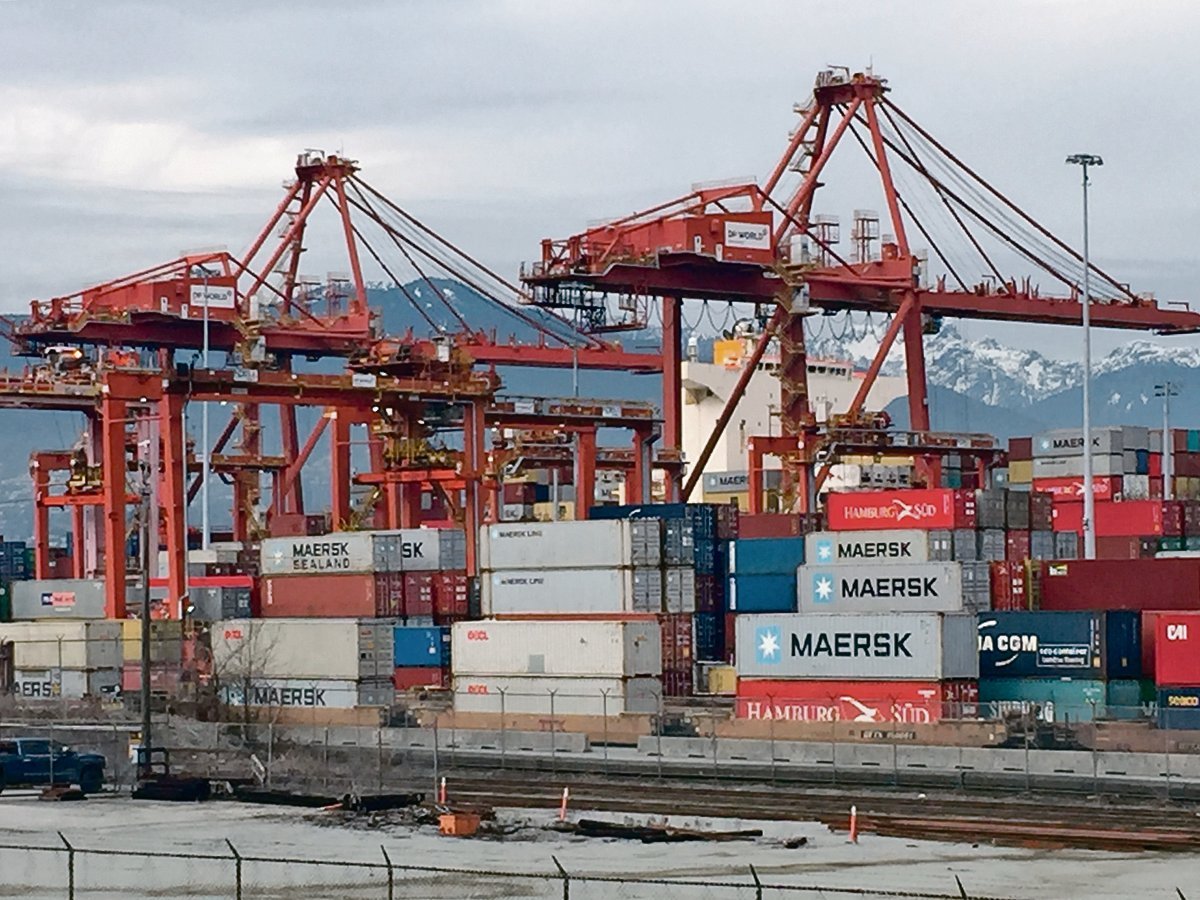However, a glut of supply around the world going into the 2019-20 year is expected to keep prices from rising significantly
Reduced global acreage and the onset of El Nino are providing some optimism to the lentil market outlook, says a major processor of the crop.
Canadian farmers told Statistics Canada they are going to plant 3.4 million acres of lentils, a 9.6 percent drop from the previous year.
Greg Simpson, chief executive officer of Simpson Seeds, was anticipating three million acres but with lacklustre wheat and canola prices, he understands why farmers bumped up lentil plantings.
There is a similar pattern of reduced acres emerging in other key pulse exporting regions of the world.
Read Also

Message to provincial agriculture ministers: focus on international trade
International trade stakeholders said securing markets in the face of increasing protectionism should be the key priority for Canada’s agriculture ministers.
The U.S. Department of Agriculture is forecasting a 29 percent decline in pulse acres in Kazakhstan to 761,000 acres. The country has recently emerged as a big lentil exporter to places such as Turkey.
The president of the Community of Pulse Producers and Customers of Ukraine told APK-Inform that pulse acres will be down in that country, including a 19 percent reduction in peas.
Russia is also cutting back, although to a lesser degree with a forecast 2.5 percent drop in pea plantings, according to APK-Inform.
El Nino is the other big factor in pulse markets. It could hamper yields and production in Australia, which is the other major exporting region.
“What I’m hearing is it’s one of the driest springs ever in Australia,” said Simpson.
The weather pattern could also wreak havoc on India’s upcoming kharif crop.
If everything plays out as advertised, there could finally be some good news on the horizon for Canadian lentil growers.
However, growers need to temper their price expectations because there is a glut of lentils around the world heading into the 2019-20 crop year.
“I’m just trying to say it looks like we can put a stop to these prices going even lower,” said Simpson.
Lentil exports have been surprisingly strong in 2018-19, considering India slapped a 33 percent import duty on the crop.
Stat Publishing is forecasting a 1.96 million tonne export program, a 27 percent increase over the previous year.
India has been the top buyer of Canadian lentils, quietly purchasing the crop through special licences, said Simpson.
Stat Publishing estimates that the strong export program should result in 557,000 tonnes of carryout in 2018-19 for a 23 percent stocks-to-use ratio.
For 2019-20 it is forecasting 260,000 tonnes of carryout and a price-friendly 11 percent stocks-to-use ratio.
Simpson believes India will start importing more pulses following the upcoming 2019 general election. Votes will be tabulated May 23.
Once the election is over there will be less political pressure to keep domestic pulse prices artificially inflated by restricting imports through tariffs.
Simpson is also optimistic about large green lentil demand due to what he believes could be a 50 percent reduction in India’s pigeon pea crop.
When India has a pigeon pea shortfall, it usually relies on bringing in supplies from Myanmar and North Africa, but prices are so low in those regions that there are reports of farmers burning their crops.
So India may have to turn to green lentils as a substitute.
“North America may see an uptick in demand for green lentils in the next crop year,” he said.
He is also forecasting strong demand for small green lentils through the World Food Programme due to geopolitical problems in Iran, Syria and Venezuela.
“I see food aid becoming a bigger factor going forward,” he said.
As well, he sees good niche demand developing for Spanish brown lentils due to drought in Spain and the potential for European tariffs on U.S. lentils.
















